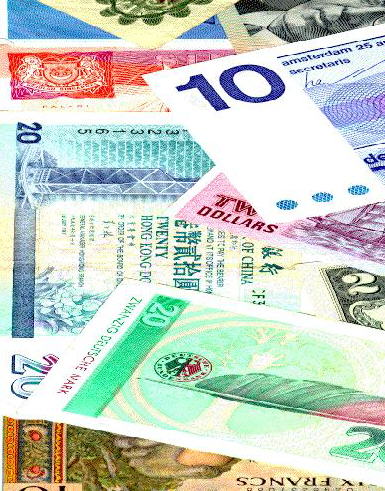Douglas A.Ruby

 | |
|
Intermediate
Macroeconomic Theory
Description: Macroeconomics is the study of economic behavior in the aggregate. This area of economics addresses topics related to the employment of resources, price stability, economic growth, and interactions among nations in the world economy. Textbook Recommendations: Abel, Andrew, and Ben Bernanke, Macroeconomics, 6th Ed. 2008. Blanchard, Oliver, Macroeconomics, 5th Ed. 2009. Farmer, Macroeconomic Theory,, 1st edition, 2001. Hall, Robert E., and John B. Taylor, Macroeconomics: Theory, Performance, and Policy, 5th edition, 1996. Mankiw, N. Gregory, Macroeconomics, 5th Ed.,2002. and Ruby, Douglas A. , Intermediate Macroeconomic Theory,1st ed., 2003, Digital Authoring Resources. |

Resources: • A Schematic Model • Economic Data (1959-2000) • Price Index Calculator • The Spending Multiplier • Macroeconomic Models • Macroeconomics Glossary Worksheets: These worksheets are in .PDF format and require Adobe's Acrobat Reader. • Worksheet #1 -- Economic Data • Worksheet #2 -- Productivity and Output • Worksheet #3 -- The Flow of Funds • Worksheet #4 -- Capital Accumulation • Worksheet #5 -- Income Determination • Worksheet #6 -- Demand-Side Equilibrium • Worksheet #7 -- Present Value Calculations • Worksheet #8 -- Money Markets |
I. An Overview of Macroeconomics
• An Introduction to Macroeconomics.II. The Determinants of Economic Growth
• Economics as a Social Science
• The Importance of Relative Prices
• Optimizing Behavior
• The Creation of WealthIII. The Measurement of Macroeconomic Variables
• The Accumulation of Capital and Economic Growth
• Investment and the Optimal Capital Stock
• National Income AccountingIV. Aggregate Demand and the Goods Market
• Business Cycles
• Unemployment
• The Balance of Payments
• Exchange Rates
• Measures of Inflation.
• Term Structure of Interest Rates.
Goods Market EquilibriumV. Aggregate Demand and Financial Markets
• The components of Aggregate Demand
• Savings, Investment and Interest Rates
• Aggregate Expenditure, the Multiplier process and Income Determination.
Theories of the consumption function:
• Microfoundations: The Two-Period model of Consumption,
• The Permanent Income Hypothesis (PIH)
• Other forward looking models (the LCH)
Theories of investment behavior:
• The Profit Maximizing Approach
• The Accelerator model
Financial Markets and AssetsVI. A closer look at the Supply Side and Potential Output
• Financial Markets -- Asset Prices and Yields
• The Federal Reserve System (external WWW link)
Money and (Short Term) Interest Rates:
• Money as a Financial Asset
• The Portfolio Theoretic Approach
• The Money Supply Process
• The Quantity Equation
The labor market: employment and wage determination.VII. Macroeconomic Policy
• Microfoundations: Labor/Leisure decisions
Models of inflation and inflationary expectations.
• Price Level Determination and Inflation
• The Adaptive Expectations Model
• The Rational Expectations Model
• Demand-Side & Supply-Side Policies
 |